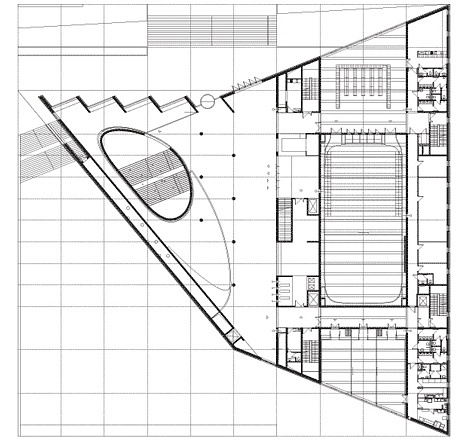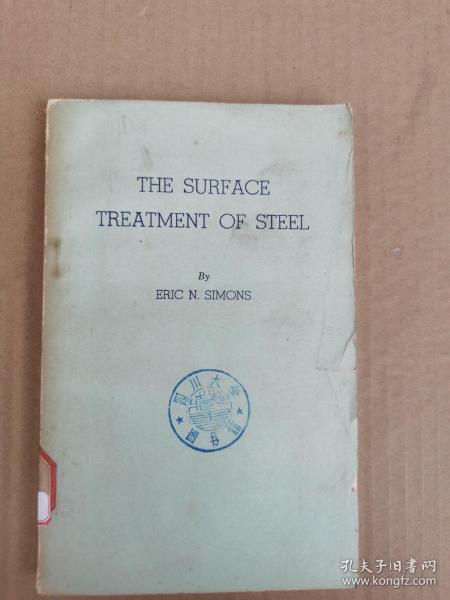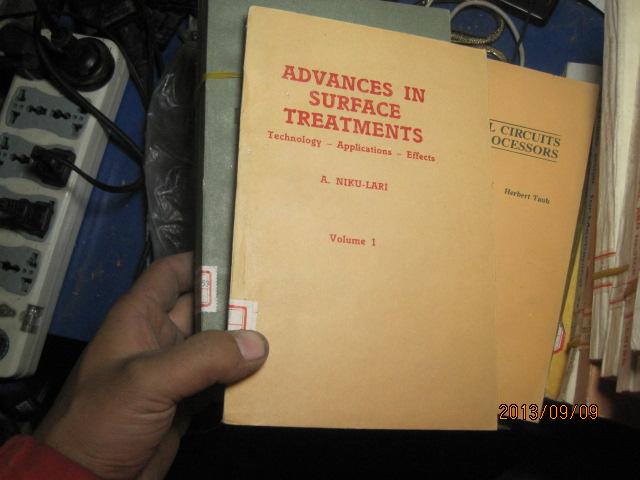摘要:本文介绍了陶瓷表面处理技术的定义、原理和应用。该技术通过一系列工艺手段改善陶瓷表面的性能,提高其美观度和实用性。文章详细解释了陶瓷表面处理技术的各个方面,包括其应用领域和具体操作方法。阅读本文,读者可以了解陶瓷表面处理技术的最新发展和应用前景。
Ceramic materials are widely used in various industries such as architecture, automotive, aerospace, and electronics due to their excellent mechanical, chemical, and thermal properties. However, the surface properties of ceramics often play a crucial role in their performance and applications. Therefore, ceramic surface treatment technology has become an important research topic. This article aims to provide a detailed explanation and definition of ceramic surface treatment technology and its applications.
Definition of Ceramic Surface Treatment Technology
Ceramic surface treatment technology refers to a set of processes and techniques used to modify the surface properties of ceramic materials. These techniques aim to enhance the surface's mechanical, chemical, and physical properties to improve the overall performance of the material. Ceramic surface treatment involves various methods such as chemical vapor deposition, plasma treatment, laser processing, and coating.
Explanation of Ceramic Surface Treatment Processes
1、Chemical Vapor Deposition (CVD): This process involves exposing the ceramic surface to a reactive gas mixture, which reacts with the surface atoms to form a thin film or coating. CVD provides precise control over the composition and thickness of the coating, resulting in improved wear resistance, corrosion resistance, and other properties.
2、Plasma Treatment: Plasma is an ionized gas consisting of ions, electrons, and neutral particles. In plasma treatment, the ceramic surface is exposed to plasma, which modifies the surface chemistry and improves wettability, adhesion, and other properties. Plasma treatment is often used to prepare ceramic surfaces for subsequent coating or bonding operations.
3、Laser Processing: Laser processing involves using high-energy laser beams to modify the surface of ceramics. This process can be used to create microstructures on the surface, improve hardness, and create functional gradients. Laser processing is particularly useful for creating complex shapes and patterns on ceramic components.
4、Coating: Coating is a common method of modifying ceramic surfaces. Various types of coatings, such as metallic coatings, polymer coatings, and ceramic coatings, can be applied to enhance the mechanical, chemical, and aesthetic properties of ceramics. Coatings can provide protection from wear, corrosion, and chemical attack, while also improving the appearance of the ceramic surface.
Applications of Ceramic Surface Treatment Technology
1、Architecture: Ceramic surface treatment is widely used in architecture to enhance the appearance and durability of ceramic tiles, bricks, and other building materials. Coating and other treatment techniques can improve the wear resistance, slip resistance, and aesthetic appeal of ceramic materials used in construction.
2、Automotive Industry: Ceramic surface treatment is crucial in the automotive industry for improving the performance and durability of engine components, brake systems, and exterior components. Coatings and other treatment techniques can enhance the hardness, wear resistance, and corrosion resistance of ceramic materials used in automotive applications.
3、Aerospace Industry: In the aerospace industry, ceramic surface treatment is essential for improving the performance and reliability of components such as turbine blades, engine mounts, and other structural components. The harsh conditions in aerospace applications require robust and reliable materials, and ceramic surface treatment can provide the necessary improvements.
4、Electronics Industry: In the electronics industry, ceramic surface treatment is used to improve the reliability and performance of electronic components such as capacitors, resistors, and sensors. Coatings and other treatment techniques can enhance the electrical conductivity, thermal conductivity, and mechanical strength of ceramics used in electronic devices.
Conclusion
Ceramic surface treatment technology has numerous applications in various industries due to its ability to enhance the performance and properties of ceramic materials. The techniques involved in ceramic surface treatment, such as CVD, plasma treatment, laser processing, and coating, provide effective methods to modify the surface properties of ceramics. The applications of ceramic surface treatment technology in architecture, automotive, aerospace, and electronics industries demonstrate its versatility and importance in modern engineering and manufacturing.



